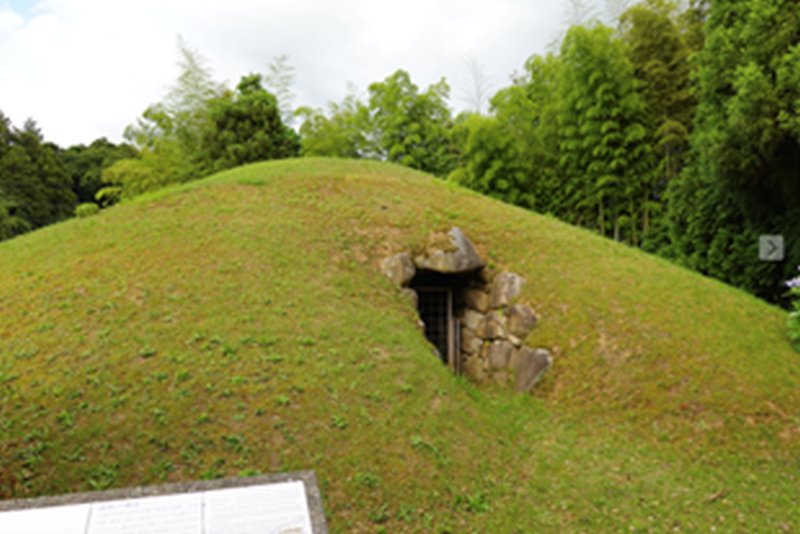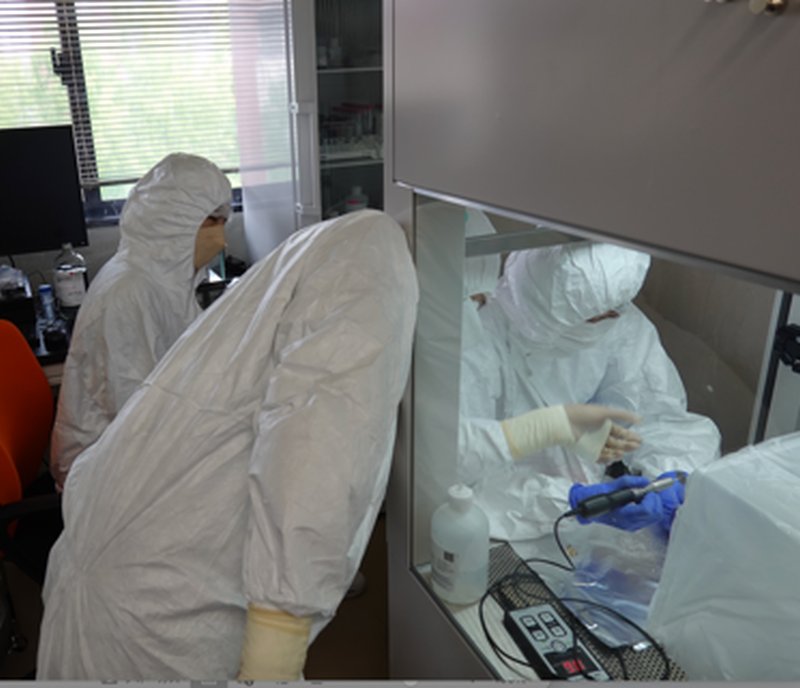Takashi Gakuhari
Affiliation: Institute for the Study of Ancient Civilizations and Cultural Resources
Job Class: Associate Professor
Specialty: Molecular Archaeology, Archaeological Science, Archaeozoology, Equine Science
*Kanazawa University
Research Topic
I have been conducting archaeological and anthropological research by applying techniques of molecular biology and geochemistry to human and animal remains excavated from archaeological sites. In molecular biology research, our team was the first to obtain a complete genome sequence from Jomon human remains (the Ikawazu shell mound) in the Japanese archipelago, and proposed a new hypothesis on the origin of the Jomon people based on comparative genome analysis with continental populations. In addition, through comparative genome analysis of the Jomon, Yayoi, Kofun, and modern Japanese, we demonstrated that the genetic characteristics of modern Japanese were broadly formed during the Kofun period and that a "third population" emerged from the end of the Yayoi period to the beginning of the Kofun period, after the arrival of a population from the continent in the beginning of the Yayoi period. We were the first in the world to publish the " Tripartite Model of the Japanese Islanders" in an international scientific journal. In geochemical research, I have been estimating the birthplace of mammals and reconstructing their feeding patterns by measuring isotope ratios of various elements such as strontium (Sr) and oxygen contained in hydroxyapatite of tooth enamel. In particular, we have found that domestic horses used during the construction of the Fujiwara-kyo Palace were brought from the inland eastern Honshu island, indicating that the horse delivery system from remote pastures to the Imperial Court, which was mentioned in the “Taiho Ritsuryo” Code, date back to before the “Taiho Ritsuryo” Code. Thus, we have been the pioneer in applying the new and latest methods to biological remains and re-evaluating a vast number of hypotheses in archaeology and anthropology that were previously thought to be impossible to reconstruct.
Selected Publications
- Cooke, N.,…, T. Gakuhari, S. Nakagome 2021. Ancient Genomics Reveals Tripartite Origins of Japanese Populations. Science Advances 7(38): eabh2419.
- Gakuhari, T., S. Nakagome, …, H. Oota 2020. Ancient Jomon Genome Sequence Analysis Sheds Light on Migration Patterns of Early East Asian Populations. Communications Biology 3(1): pp.1-10
- McColl, H., F. Racimo, L. Vinner, F. Demeter, T. Gakuhari, …, E. Willerslev 2018. The Prehistoric Peopling of Southeast Asia. Science 361(6397): 88-92.



